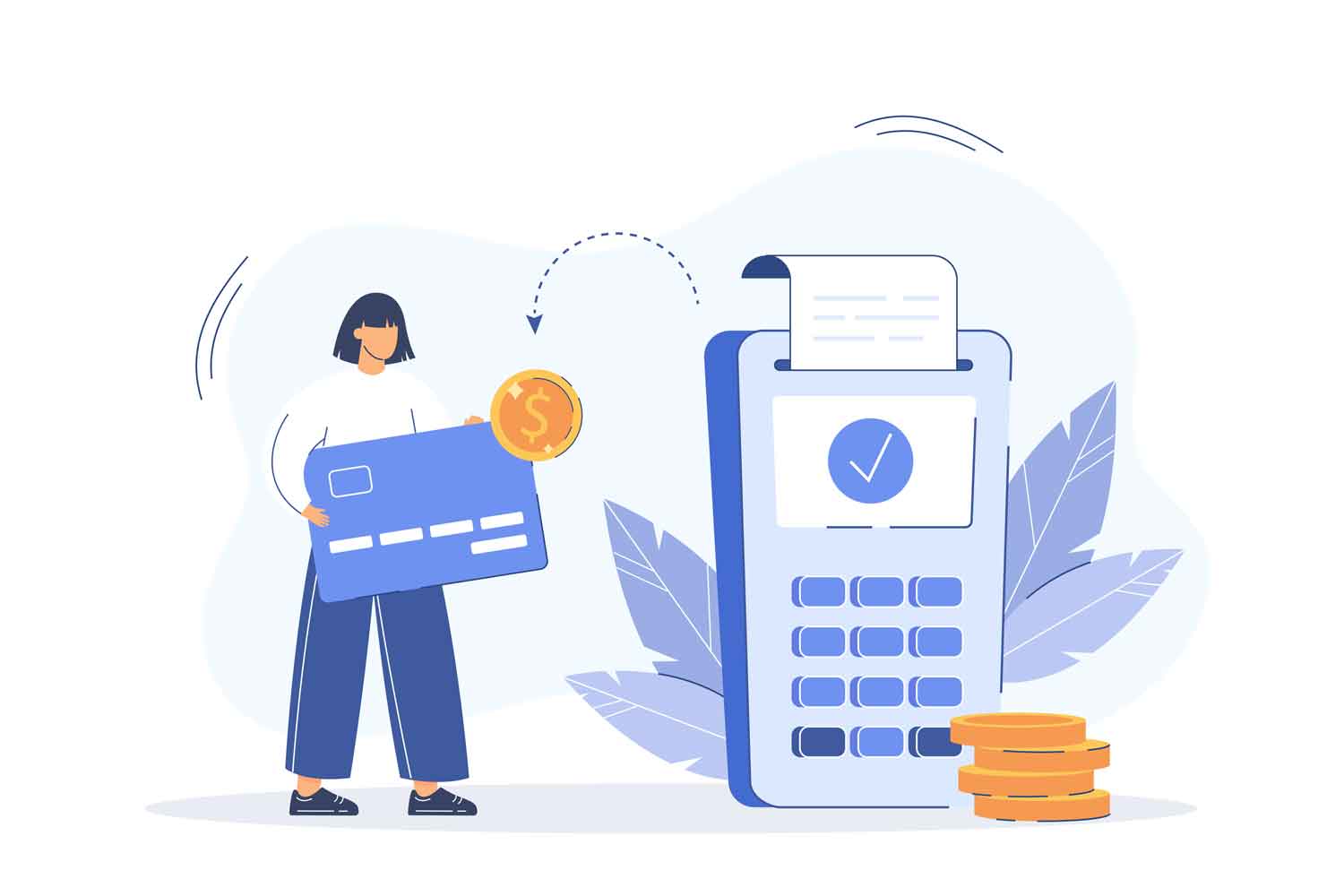Point of sale (POS) is an essential system that every business needs to handle transactions, manage inventory, control SKUs and provide real-time data on sales performance. It is the backbone for your company to operate smoothly and offer a seamless shopping experience to your customers. If you’re wondering how to choose the best POS provider for your company, this article will give you a hand to make your decision.
Step 1: Identify your business requirement

Your business model and activities will determine the aligned POS features. If you already have a POS system, first of all, evaluate its strengths and drawbacks. This will help you understand better what you need in a POS solution for your challenges.
Ask yourself a few questions to have an initial guideline:
- How do I control products and inventory flow?
- How do I track sales volume and forecast best-selling items and purchasing trends?
- How do my customers make payments for products and services?
- Do I need digital loyalty campaigns like gift cards or customer rewards?
- Will I place my POS system on a counter or make it mobile?
- Do I need to adopt eCommerce transactions?
- Do I need an easy process for product returns?
- How do I monitor employee attendance and performance?
After identifying your current needs, you should be aware of your future needs as well. You need a POS solution that can evolve with you as you’re expanding or doing new things in the upcoming months or
years. For example, if you intend to open new shops in near future, make sure the POS system can support multichannel selling and allow you to manage stock flow across stores easily.
Step 2: Know what type of data you need to collect
Data assists you to make accurate decisions, spot new opportunities, and prevent costly mistakes. Before choosing a POS system, you should list out the data you need to run your business. Determine what data you need to know, including daily operation measures and more in-depth data to grow your business, such as customers’ online and in-store transaction history, or which items contribute the most revenue and profit.
See which metrics are important and check if the POS reports can provide that information:
- Do you need daily sales reports to monitor day-to-day performance?
- Do you require weekly, monthly, quarterly, or annual sales reports to get the big picture?
- Do you need an alert feature on a low stock level to avoid running out of bestsellers?
- Do you need staff sales reports to measure staff performance?
- Do you need cash flow reports to understand payouts better?
- Can you control online and offline store data in the same place?
- How do you identify your best-selling and slow-selling items?
- Do you need an ABC product analysis report to understand the percentage of revenue that each item makes up to?
- How do you track inventory data across your warehouse and all your stores?
- Can you control your marketing campaign performance?
- Do you know which sales channels your customers favor to shop on?
- Do you need customer data such as their demographics, shopping behavior, average order value, and lifetime value?
- Do you need reports to review your financial health?
Step 3: Select the types of payment you will accept

Next, think about your payment processing methods. Ask yourself questions like:
- What are your accepted payment types currently and what do you want to add?
- Do you want to add buy now, pay later (BNPL) payment options?
- Do you want to accept tap to pay and chip payments?
- What are the most common credit cards as payment methods and their processing fees?
- Are there any payment types that you can leave out?
- How do you fulfill cash payments?
Since mobile payment has become popular, many customers require contactless payments as a must for their shopping experience. You should understand your target customers and see which types of payment they prefer. Check if the POS provider can handle the right payment system for your convenience.
Step 4: Figure out what POS hardware you need
Think about what POS hardware you need. For example, if you’re a restaurant owner that needs iPads for customers to order dishes, you need a POS functioning well on iPads. In addition, there’re plenty of device options like barcode scanners, credit card terminals, drawers, and printers. Depending on your business activities, you’ll need a proper POS system to integrate with those devices.
Questions to consider for your POS hardware:
- What POS hardware have you experienced and enjoyed?
- What POS hardware do you want to add?
- What types of payment hardware do you require?
- Do you prefer buying or renting hardware?
- Do you want a stationary checkout counter or a mobile checkout with tablets?
Step 5: Evaluate software features

Besides the core functionalities like accepting payments, the best POS systems need to provide the following features:
- Built-in payment processing
- Customizable checkout
- Flexible order fulfillment
- Centralized reporting and analytics
- Multichannel inventory management
- Product and SKUs management
- Multi-store management
- Customer relationship management
- Staff management
- Ability to integrate apps and add-ons
Magestore POS, for instance, comes with all the essential and advanced features you need for your business. Magestore offers customized solutions for your needs, supporting you with a variety of functions from omnichannel selling, inventory management, fast checkout, smooth integration with your ERP and CRM, and real-time reports on your sales, customers, products, and employees.
Step 6: Decide on your budget
Once you know what you expect for a POS system, estimate the required cost and your feasible budget. The cost and billing structures of POS systems vary from one provider to another. Some solutions charge a subscription fee monthly, others take a percentage out of your sales, and others have a one-time payment policy with a money-back guarantee.
The cost of your POS system depends on many factors such as:
- Features and functionalities
- Number of stores
- Number of users
- Transaction volume
- Product catalog size
- Customer database size
If you have a Magento-based business, read this article to learn about the cost of running a Magento website.
Step 7: Compare different POS systems
Now that you’ve developed a clear idea of your expected POS system, you should research and compare different providers, and explore what they offer to narrow down the list and choose the most suitable one for you.
Before making any financial commitments to a POS vendor, you can start a free trial or ask them for a demo to see how the system works, and whether it meets your needs.
Ask yourself the following questions:
- What features does each POS solution offer?
- Is the POS pricing within your budget?
- Is the POS system scalable to support my business in the future?
- Can the POS system help me improve my business operation?
- What are the advantages of using 1 POS over another?
- What are the POS system’s weaknesses?
- Does the POS system lack any features or functionalities?
- Is the POS system intuitive and easy to use?
In conclusion
Each business has different requirements. What’s best for 1 merchant may not work for you. Therefore, you should focus on your current and future needs to see which POS provider has the proper features and functionalities for you along with your roadmap. We hope this guide has equipped you with the right information to find the best POS solution that helps you run your business with confidence.









